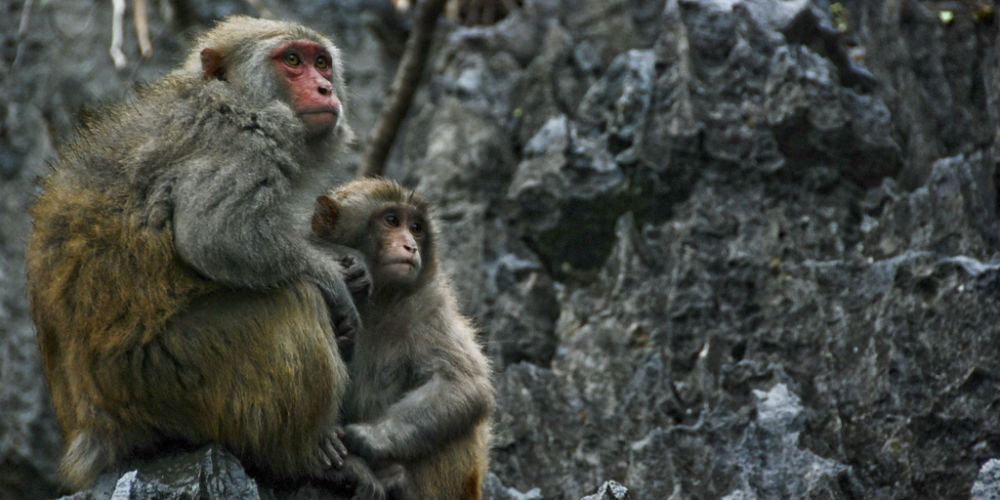A massive European band, Enter Shikari have headlined festivals such as Reading, Leeds and Download among others, while playing huge, ...

With human population rapidly expanding, protecting natural wildlife is more important now than ever. Official animal sanctuaries, protected areas and other areas uninhabited by humans help plants and animals thrive. These places may also come in the form of entire islands dedicated to natural animal life. These islands typically do not allow visitors on its shores but can be observed from boats touring around the island.
1. Monkey Island (Puerto Rico)
The Cayo Santiago Island, often called Monkey Island, in Puerto Rico is dedicated to the research of Rhesus Macaques monkeys. This small island is just half a mile off of Puerto Rico’s coast and is home to roughly 1200 monkeys. Scientists originally brought almost 500 monkeys to the island from India in 1938 in order to better conduct research and collect data. Scientists from the University of Puerto Rico’s Caribbean Primate Research Center, the National Institute of Health and Harvard University are the only ones allowed to visit the island. This restriction is for the protection of both humans and primates. The Rhesus monkeys are natural carriers of herpes B but can also easily contract illnesses from humans. However, tourists can get a closer look by taking a boat or kayak around the island to see monkeys swinging from the treetops.
 Photo courtesy | Dana Le
Photo courtesy | Dana Le
2. Phoenix Islands Protected Area (Kiribati)
The Phoenix Islands Protected Area, located in Kiribati in the southern Pacific Ocean, is the largest marine protected area in the world. The 157,626 square-mile protected area is also a natural UNESCO World Heritage Site. The Phoenix Islands Protected Area, also known as PIPA, was established in 2006 and is an uninhabited group of islands home to marine wildlife in its purest form. The protected area includes the land as well as vast areas below sea level. Sharks, dolphins, sea turtles, seabirds, coral, giant clams, crabs and 500 species of fish live undisturbed and in abundance. Many of these animals are difficult to find anywhere else in the world due to human interference.
 Photo courtesy | Pedro Plassen Lopes
Photo courtesy | Pedro Plassen Lopes
3. Snake Island (Brazil)
Ilha de Queimada Grande, or Snake Island, is perhaps one of the scariest island animal sanctuaries in the world. This island is about 93 miles from São Paulo, Brazil and is home to about 4,000 highly venomous golden lancehead pit vipers. There are between one and five snakes every square meter and the snakes grow to more than one and a half feet long. The snakes’ venom is well known for having the ability to melt human flesh with its bite. The snakes live undisturbed on the island—something that helps the survival of humans as much as the animals—and feed off of migratory birds. The island was once connected to the rest of Brazil but rising sea levels 11,000 years ago eventually excluded the island completely. The snakes on this land mass were then stranded on the island and able to rapidly reproduce with virtually no predators.
— — —
Cover photo courtesy | schizoform


Lavish digs and delectable restaurants line this Vegas staple, and with nightlife in every direction, you can't go wrong staying here.


Adjacently set from Universal Studios, if the resort can't provide family-friendly fun (it does), the theme park next door will.


Travelers looking for a luxurious crash pad, a short walk away from Cabo's infamous nightlife, look no further, it's here.


Pairing all-inclusive amenities with the great game of golf, has all the makings for a dream vacation. Oh ya, and it's located on the pristine Jamaican shoreline!


Some might say Great Good Fine Ok, comprised of Jon Sandler and Luke Moellman, took off overnight, but the duo have been grinding since ...











